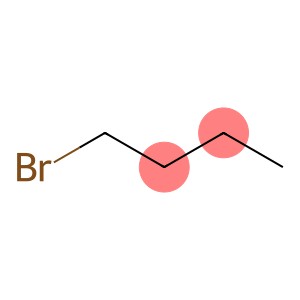2-Propanethiol(CAS#75-33-2)
| Risk Codes | R11 – Highly Flammable R36/37/38 – Irritating to eyes, respiratory system and skin. R36/38 – Irritating to eyes and skin. |
| Safety Description | S16 – Keep away from sources of ignition. S26 – In case of contact with eyes, rinse immediately with plenty of water and seek medical advice. S9 – Keep container in a well-ventilated place. S37/39 – Wear suitable gloves and eye/face protection S33 – Take precautionary measures against static discharges. |
| UN IDs | UN 2402 3/PG 2 |
| WGK Germany | 3 |
| RTECS | TZ7302000 |
| FLUKA BRAND F CODES | 13 |
| TSCA | Yes |
| HS Code | 2930 90 98 |
| Hazard Class | 3 |
| Packing Group | II |
| Toxicity | LD50 orally in Rabbit: > 2000 mg/kg |
Introduction
2-Propantomercaptan, also known as propanol isosulfide, is an organic compound. The following is an introduction to its nature, use, manufacturing methods and safety information:
Quality:
- Appearance: 2-Propanol is a colorless or yellowish liquid.
- Odor: Has a special smell similar to the smell of garlic.
- Solubility: It can be dissolved in water and many organic solvents such as ethanol and ether.
- Stability: It is a stable compound, but it may decompose in high temperatures or high oxygen environments.
Use:
- Vulcanization reactions: It contains sulfur, and 2-propyl mercaptan is also commonly used to catalyze sulfidation reactions.
Method:
- 2-Propanthiol can be prepared by a variety of methods, a common method is obtained by the reaction of propylene oxide and sodium hydrosulfide.
Safety Information:
- 2-Propanol has a pungent odor and may cause irritation to the eyes, skin, and respiratory tract upon contact. Wear appropriate protective equipment, such as gloves, face shields, and goggles, to ensure good ventilation during use.
- Safety measures need to be taken during storage and disposal to avoid contact and mixing with combustibles. It should be stored in an airtight container, away from fire and high temperatures.
- Before use and disposal, the relevant safety instructions and operating guidelines must be carefully read and observed.








